The Green STEMS Project promotes nature and STEMS-based explorations (Science, Technology, Engineering, Mathematics, and Sustainability). Our mission is to shift education for sustainability from the periphery of science education to the center of STEM education for every child. We teach children and their grown-ups about solutions to environmental challenges, about the nature in their communities, and about how everyone can be a sustainability designer.

Programs
Outdoor Learning Lab: This program consists of a scavenger hunt through a collection plants to discover interesting facts about nature and insects, a coding activities based on the scavenger hunt, an opportunity to color a butterfly, and use machine learning to discover the type of butterfly that was created.
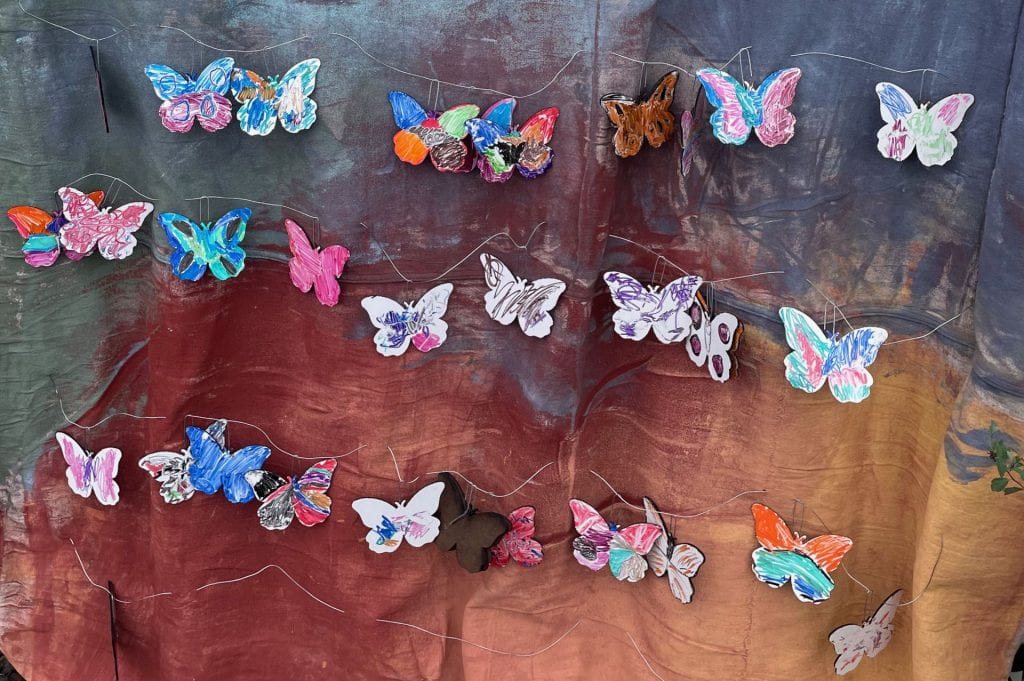

Textures in Nature: Designed for early learners. This program features two exhibits and signage for parents about the sense of touch. Sensory Tables: In this free play activity, children explore with their hands and simple tools a variety of textures that can be found in nature, such as sand, wood, rocks, and corn. Planting Seedlings: Children use their hands to plant and water seedlings and take them home to grow.


Colors in Nature: Designed for late elementary learners. Children learn about light and how different colors are produced in nature. Light Tables: Light tables and light boxes are used to show the difference between structural color and color from pigment in bird feathers and butterfly wings. Wings with pigment stay the same color in light and those with structural color appear as brown or gray. Bubble Maker: Using a large bubble maker, children can see the colors of the rainbow due to interference between the waves reflected between the surfaces of the bubble walls.
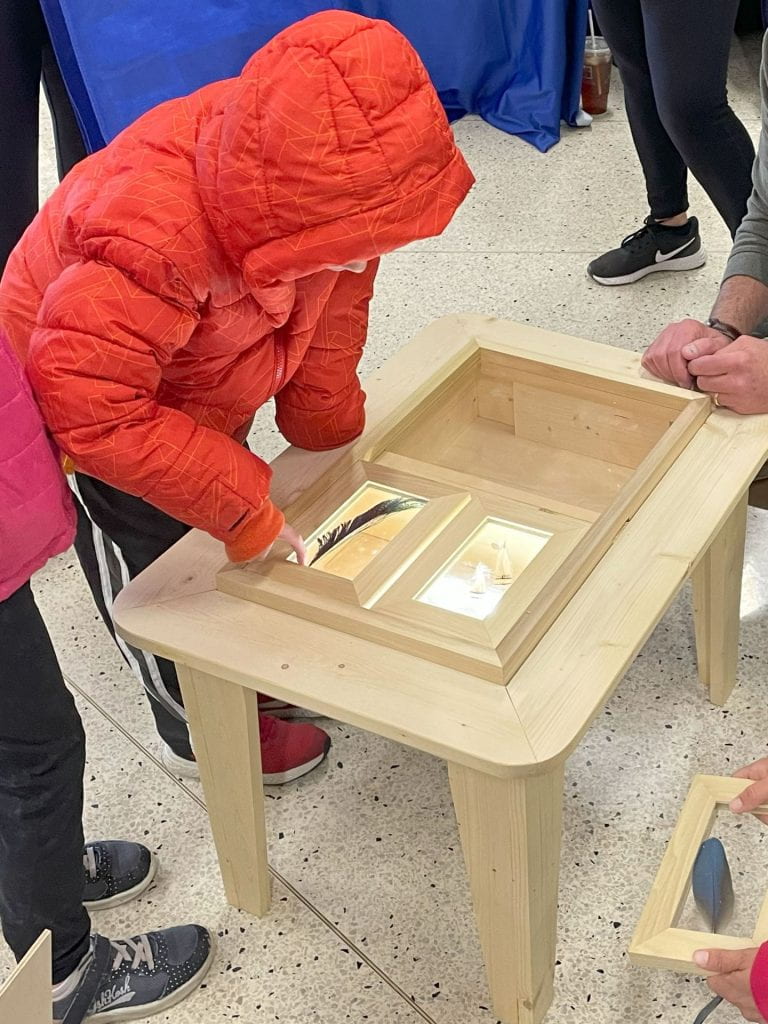

Mechanisms in Motion: Designed for children of all ages as a way to interact with motion and robotics. The program uses Sphero robotics, iPads, and city map carpets with various challenges. The initial challenge allows children to learn to move the Sphero and change its color using the controller on the iPad. For participants that have used robots before and those that want additional challenges there are stations with prompts that ask them to make paths for the Sphero to follow and to code the Sphero robot to achieve specific tasks.
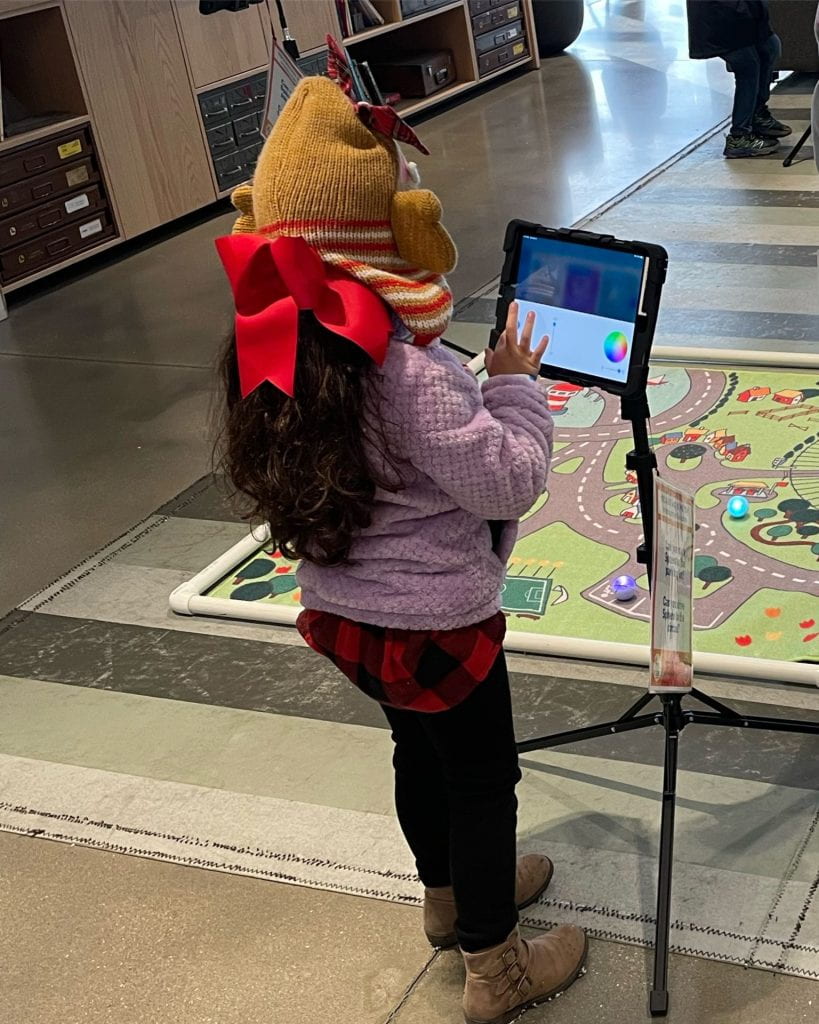
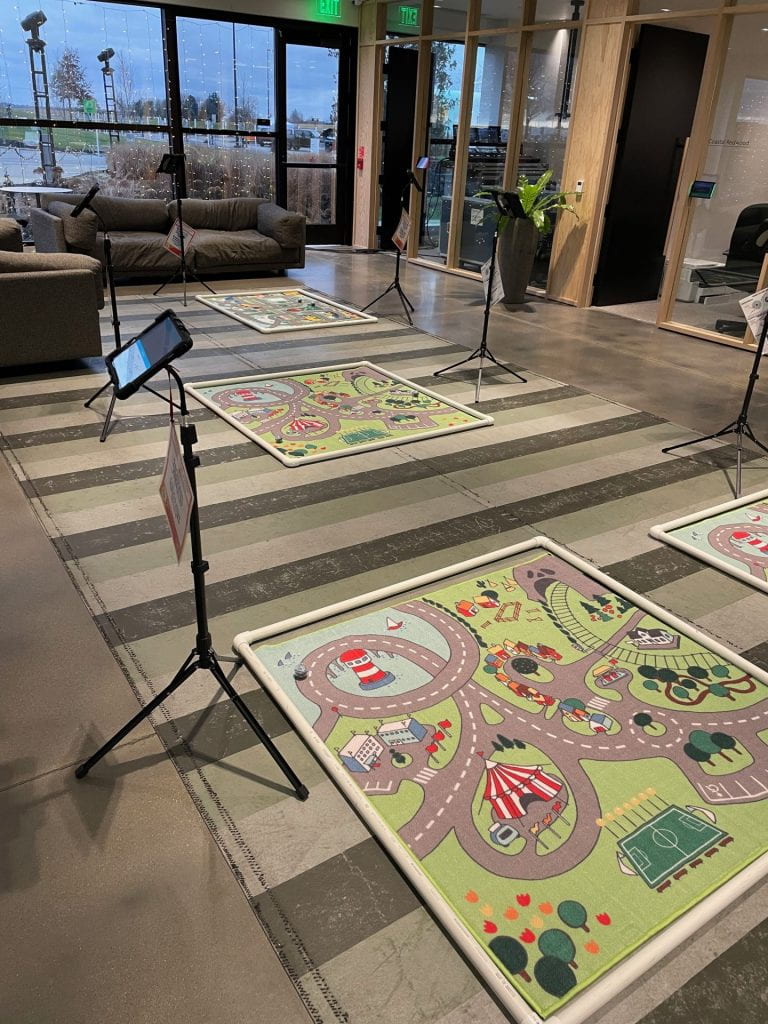
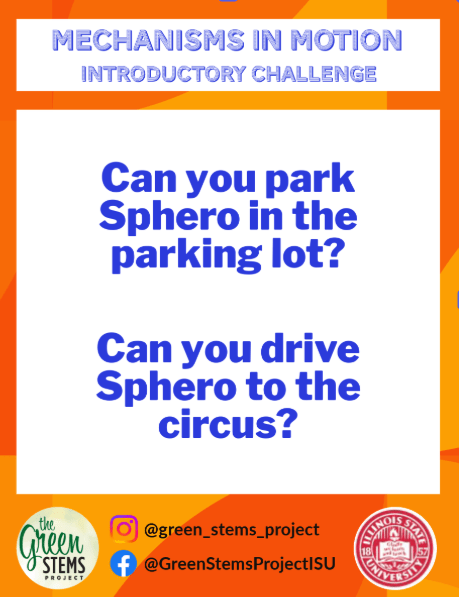
Weather Technology: Designed for upper elementary and middle school children as a way to interact with weather technology and data collection. Heat Maps: Using Micro:bits participants gather and upload weather data in different environments (on grass, on pavement, in shade, etc.) to determine how much materials and the environment impact temperature. Weather Instruments: This program introduces children to instruments such as thermometers, barometers, anemometers, wind vanes, and rain gauges.



Wonder Walks: These programs are held in nature centers and are opportunities to for young children and their adults to explore nature with semi-structured guiding questions to help them experience the outdoors.
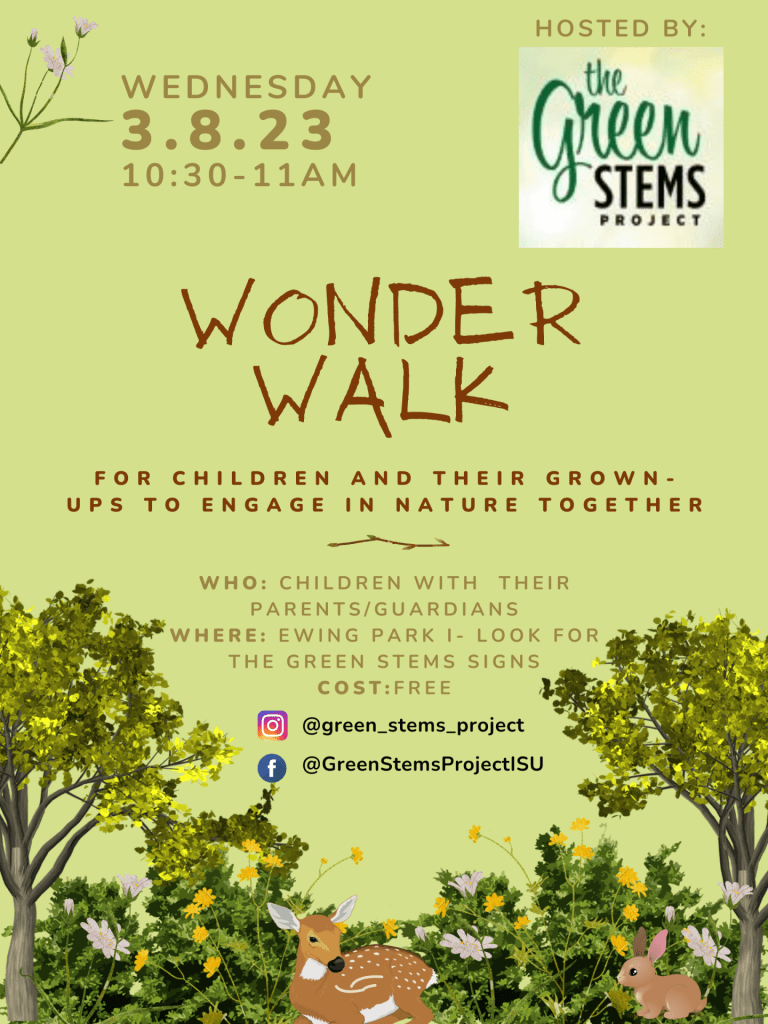
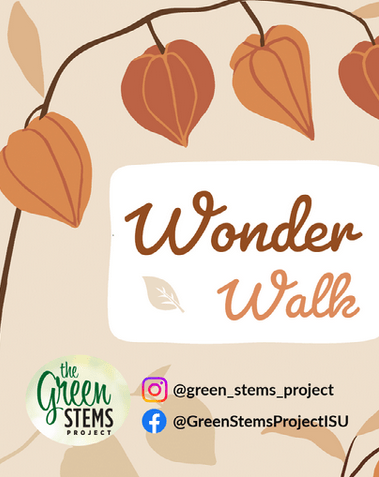
Portions of these programs have been supported by:


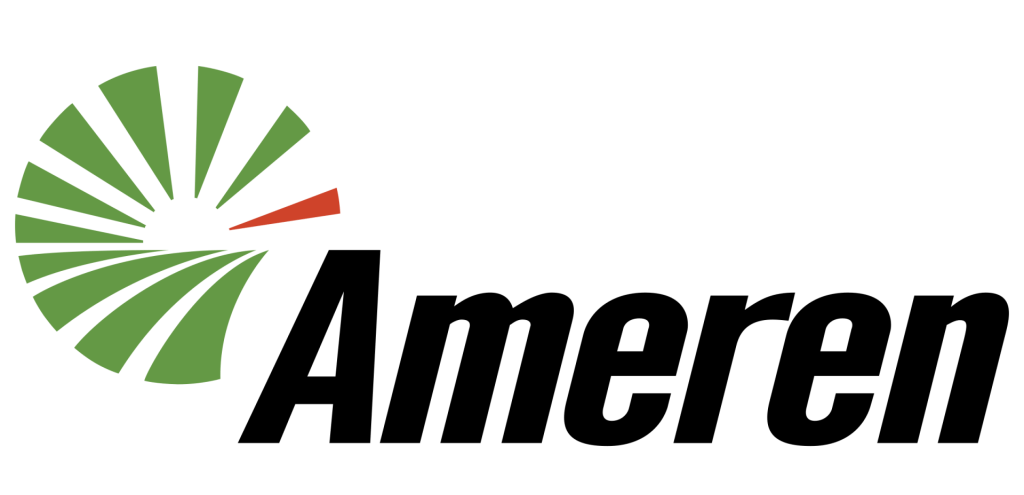

Contact us at: